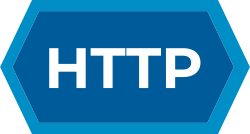| HTTP |
|---|
 |
| Request methods |
| Header fields |
| Response status codes |
| Security access control methods |
| Security vulnerabilities |
In the context of an HTTP transaction, basic access authentication is a method for an HTTP user agent (e.g. a web browser) to provide a user name and password when making a request. In basic HTTP authentication, a request contains a header field in the form of Authorization: Basic <credentials>, where <credentials> is the Base64 encoding of ID and password joined by a single colon :.
Contents
It was originally implemented by Ari Luotonen at CERN in 1993 [1] and defined in the HTTP 1.0 specification in 1996. [2] It is specified in RFC 7617 from 2015, which obsoletes RFC 2617 from 1999.